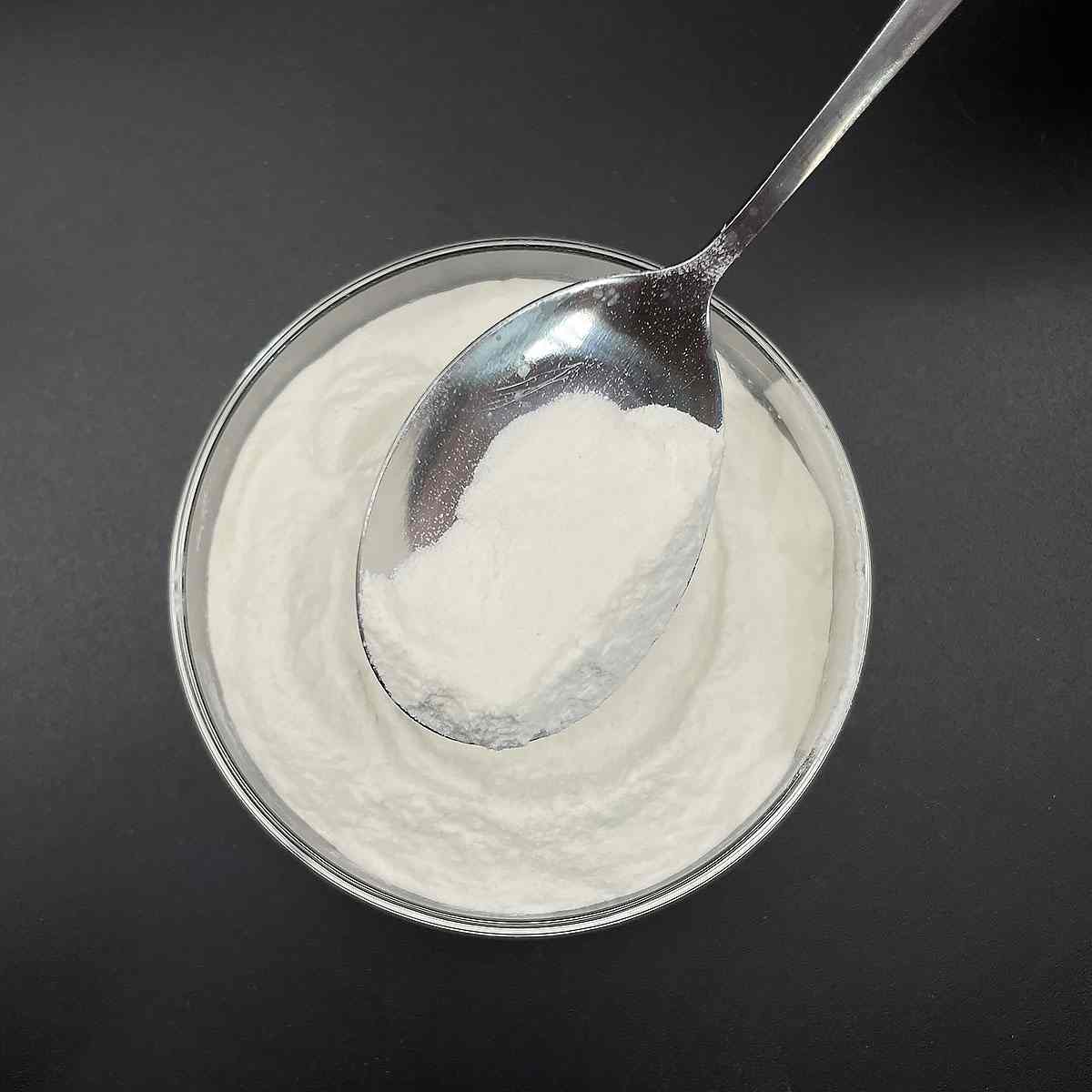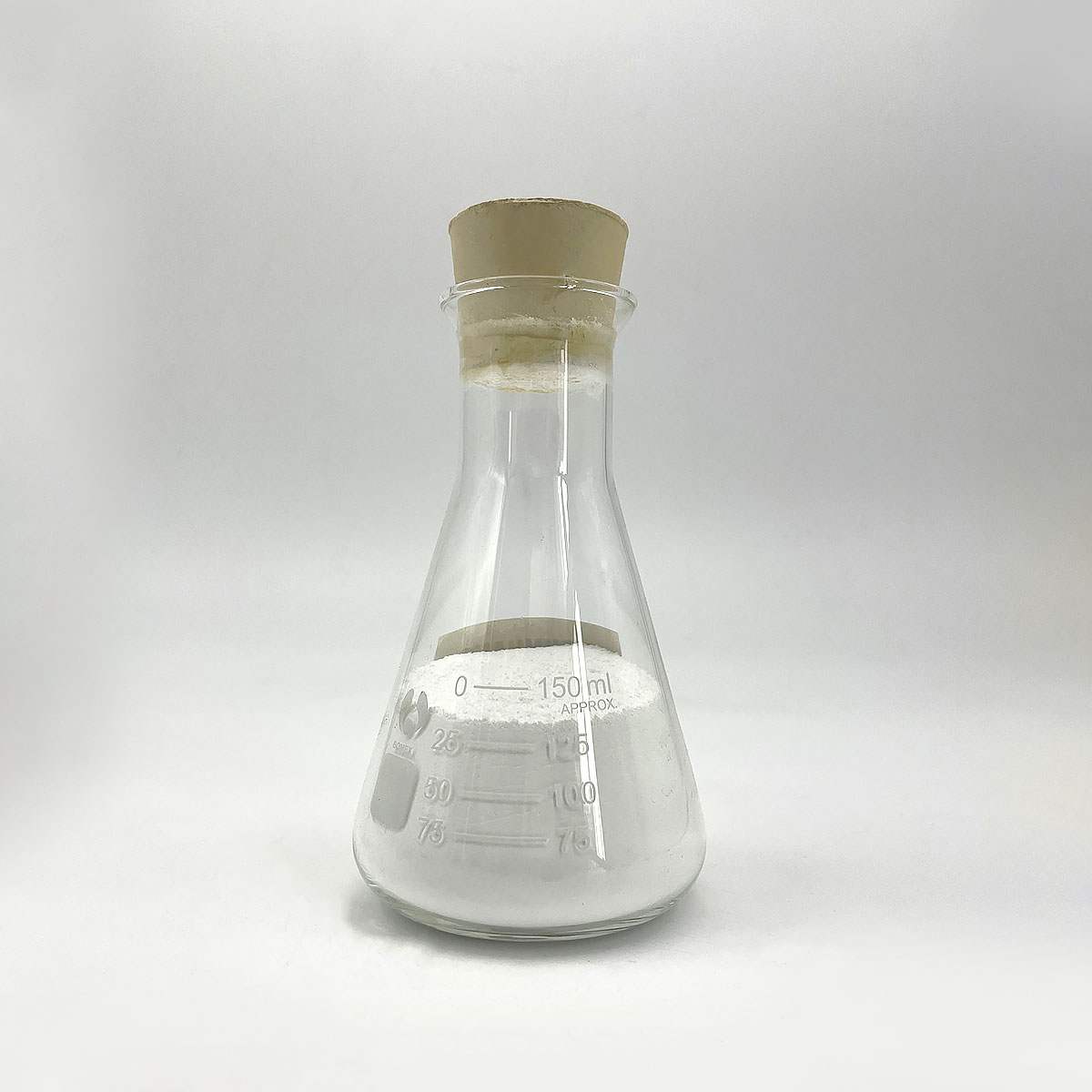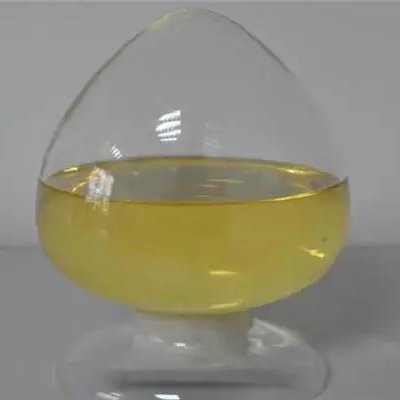Overview of Molybdenum Pellets Molybdenum Granules 99.95% 3x3mm Size for Lab Research
Metal powder is a common form of metal that has been processed into fine particles, ranging from a few micrometers to over 100 microns in diameter. It plays a crucial role in various industrial applications due to its unique properties and versatility.
Features of Molybdenum Pellets Molybdenum Granules 99.95% 3x3mm Size for Lab Research
Physical Characteristics
Particle Size: Ranging from nanometers to hundreds of micrometers, the size distribution significantly influences the powder’s flowability, packing density, and sintering behavior.
Shape: Particles can be spherical, irregular, flake-like, or dendritic, each shape affecting the final product’s mechanical properties and surface finish.
Purity: Depending on the production method, metal powders can achieve high levels of purity, critical for applications like electronics and aerospace where impurities can degrade performance.
Density: While less dense than their solid counterparts due to the presence of air between particles, metal powders can be densely packed during processing to approach the density of the solid metal.
Chemical Properties
Reactivity: Some metal powders, particularly aluminum and titanium, are highly reactive with air and moisture, necessitating careful handling and storage under inert atmospheres or vacuum.
Oxidation: Exposure to air can lead to surface oxidation, forming a passive layer that affects sintering and other processes. This can be managed through surface treatment or use of protective atmospheres.

(Molybdenum Pellets Molybdenum Granules 99.95% 3x3mm Size for Lab Research)
Parameters of Molybdenum Pellets Molybdenum Granules 99.95% 3x3mm Size for Lab Research
Molybdenum, a chemical element with the symbol Mo and atomic number 42, is a crucial component in various industrial applications and scientific research due to its exceptional properties, such as high strength, corrosion resistance, and excellent thermal stability. Molybdenum pellets and granules, specifically those with a purity level of 99.95%, are widely utilized in laboratories for precise experiments and investigations across disciplines like materials science, metallurgy, electronics, and chemistry.
The 3x3mm size of these molybdenum particles is an ideal choice for laboratory researchers, as it offers a balance between manageable smallness for handling and sufficient surface area for reactions or analysis. The uniformity in size ensures consistent results and enables scientists to control variables more accurately. The pellets and granules are typically produced through a process that starts with mining high-quality molybdenite ore, followed by refining, purification, and grinding to achieve the desired particle shape and size.
Molybdenum’s role in lab research is multifaceted. It is often employed as a catalyst in various chemical reactions, enhancing reaction rates without being consumed itself. This makes it essential in fields like catalysis, petrochemicals, and environmental studies. In materials science, molybdenum is used to strengthen alloys, such as steel and superalloys, making them stronger and more resistant to wear and high temperatures. Researchers also study its effects on the properties of nanomaterials, where even trace amounts can significantly alter performance.
Electronics industries use molybdenum as a conductor in microelectronics due to its low resistivity and ability to maintain conductivity at high temperatures. It is also a key component in high-strength magnets and superconductors, where its unique magnetic properties are harnessed. In biochemistry, molybdenum-containing enzymes, like nitrogenase, play a vital role in nitrogen fixation, making it a fascinating subject for biochemical and biotechnological research.
Moreover, molybdenum’s role in sustainable energy technologies cannot be overlooked. It is involved in the development of fuel cells, where its redox properties contribute to efficient energy conversion. Researchers explore its potential in improving solar cell efficiency and as a component in hydrogen storage systems.
In summary, molybdenum pellets and granules with a 99.95% purity and 3x3mm size are indispensable tools for laboratory researchers seeking to explore the diverse applications of this versatile element. Their precise nature and high purity make them suitable for various experimental setups, from fundamental chemistry to cutting-edge technology. As we continue to advance our understanding of molybdenum’s properties and capabilities, these materials will remain a cornerstone in the pursuit of knowledge and innovation.

(Molybdenum Pellets Molybdenum Granules 99.95% 3x3mm Size for Lab Research)
FAQs of Molybdenum Pellets Molybdenum Granules 99.95% 3x3mm Size for Lab Research
Inquiry us






